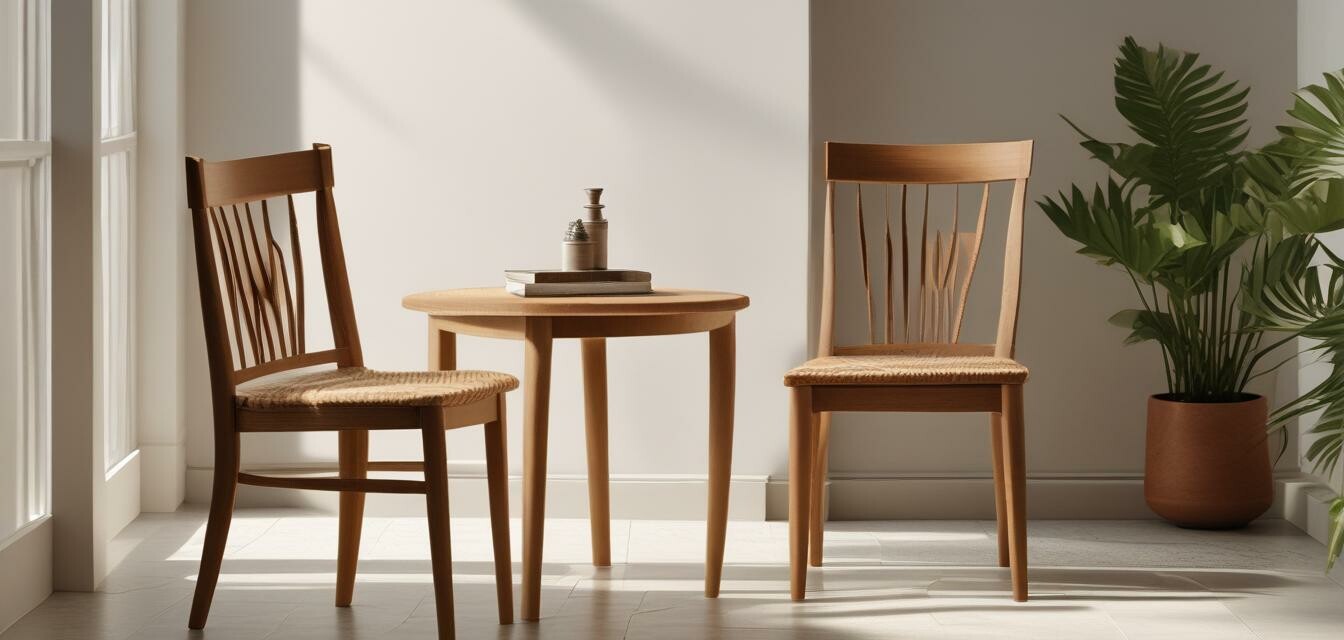
The Importance of Sustainable Practices in Furniture Making
Key Takeaways
- Sustainable practices reduce environmental impact.
- Utilizing reclaimed wood preserves valuable resources.
- Eco-friendly finishes enhance the life span of furniture.
- Responsible craftsmanship supports local economies.
- Making informed choices contributes to a healthier planet.
Sustainable practices in the furniture making industry have become essential standards rather than merely trends. Today, consumers are more informed and conscientious than ever. They seek products that not only fulfill functional needs but also align with environmentally friendly values. This article explores why sustainable practices are important in furniture manufacturing and how they benefit both the planet and the consumer.
Understanding sustainable practices in furniture making
Sustainable practices encompass a range of strategies aimed at minimizing environmental impact while maintaining quality craftsmanship. This means using materials and processes that are kind to the planet while also ensuring that products are durable, beautiful, and functional. Here are some key aspects of sustainable practices in furniture making:
- Responsible sourcing: This involves using materials that are harvested sustainably, ensuring that forests are managed to maintain ecological balance.
- Reclaimed wood: Using reclaimed wood not only adds character to furniture but also reduces the need for new timber, preserving forests.
- Eco-friendly finishes: Opting for natural oils and water-based finishes helps to reduce harmful emissions during production.
- Durability and longevity: Creating furniture that stands the test of time is a cornerstone of sustainable design.
The impact of sustainable practices
Implementing sustainable practices in furniture making has far-reaching benefits:
| Benefit | Description |
|---|---|
| Environmental Preservation | Minimizes deforestation and carbon footprint through responsible sourcing. |
| Community Support | Encourages local economies by sourcing materials and labor domestically. |
| Consumer Awareness | Educates customers on their purchasing choices which can drive demand for sustainable products. |
| Enhanced Aesthetics | Natural imperfections in reclaimed wood add uniqueness and beauty to each piece. |
Why consumers should care
Today's consumers are increasingly prioritizing sustainability. When choosing furniture, they may consider:
- The origin of materials: Products sourced from sustainable forests are preferred.
- Manufacturing processes: Eco-friendly production methods attract conscious buyers.
- Longevity: Durable furniture reduces waste in landfills.
Transitioning to sustainable furniture
Transitioning to sustainable furniture choices can be simple. Here are some tips:
Tips for making sustainable furniture choices
- Look for certifications like Forest Stewardship Council (FSC) to ensure responsible sourcing.
- Consider investing in handcrafted items that use reclaimed materials.
- Select pieces that require minimal maintenance and can last a lifetime.
- Support local artisans who prioritize sustainable practices in their work.
Conclusion
In conclusion, the importance of sustainable practices in furniture making cannot be overstated. By choosing sustainable furniture, consumers not only enhance their living spaces but also contribute to environmental preservation and support local economies. At NaturalWoodProducts.com, we believe in promoting sustainable practices that resonate with today's conscious consumers, showing that beautiful furniture can, indeed, be eco-friendly.
Pros
- Reduced environmental impact
- Supports local economies
- Unique aesthetic appeal
- Durability and longevity
Cons
- Potentially higher upfront costs
- Limited availability of materials
By understanding and appreciating the importance of sustainable practices, we can all make informed choices that benefit both our homes and the environment.